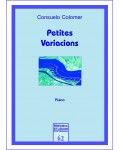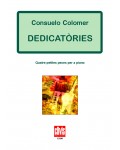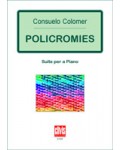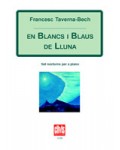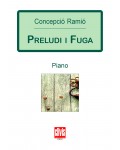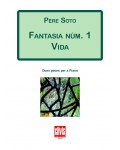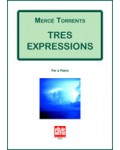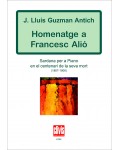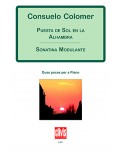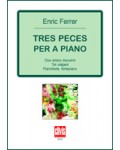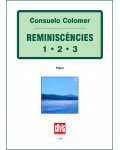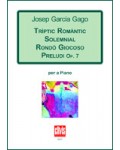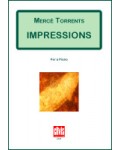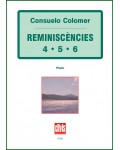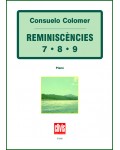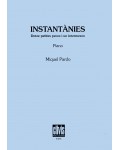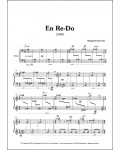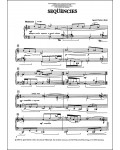
No products
Prices are tax included
Product successfully added to your shopping cart
There are 0 items in your cart. There is 1 item in your cart.
- English
- Castellano
- Català
Imatges
S043
New product
The pieces for piano that comprise this album originate in different eras and vital moments. They cover a wide period, between 1936 and 1952, which corresponds with great precision to the era in which the “political purging” was applied to both masters. These pieces were kept until now into the family archives of the Lamote family.
| Period | 20th c. |
| Subheading / Parts | Àlbum per a piano |
| Instruments | piano |
| Pages | 28 |
| Contents | score |
| ISMN | 979-0-3502-0883-6 |
| Others | Joan Lamote de Grignon (Minuet) |
| Edition | Printed |
If we cite the works in chronological order of composition, we will find in first place a waltz (Vals) by Ricard Lamote dated March 1936. The optimistic quality of this work does not foretell the tragic happenings that were about to occur.
Next came a Minuet by Joan Lamote in 1939, when the maestro was 64 years old. It is a composition of pedagogical character dedicated to his granddaughter Nuri, belonging to an unfinished sonatina.
The Allegretto, from May 1939, was created in the midst situation. Ricard had been imprisoned due to the national occupation. the work is dedicated to the Galician lawyer Manuel Vázquez Díaz, who responded to the steps taken by the composer’s wife, and took active part in a ruling to rescue Ricard from tragic fate.
El convent dels peixos (The fishes convent) is a piece consisting of impressionistic vibrations which has been reconstructed from a sketch. No date or signature appears on the manuscript although it appears to be attributable to Ricard.
Cucufate, from 1945, belongs to the era of exile spent in Valencia, where Ricard co-conducted the orchestra of the city alongside his father. The jazz was no novelty to the composer. We remember that as early as 1936 he had composed Divertimento for jazz orchestra; jazz was genre that clearly interested him. The title Cu-Cu-Fa-Te, the Castilianized name of Cugat, maybe some relation to the tonalities which were used.
Finally, the duet Epifania (Epiphany) for four hands dated 1952 serves as evidence of his pedagogical intentions. Ricard’s calling to the art of teaching survives as a legacy for us in the form of a testimony: a series of small artifacts which he had invented to facilitate the learning of music theory, in addition to a book titled Synthesis of musical technique (1948).
Agustí Delgado i David Craven Lamote

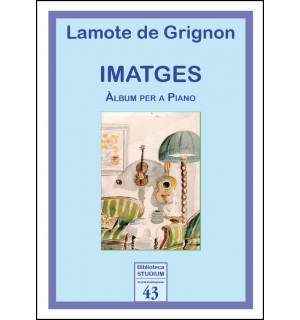





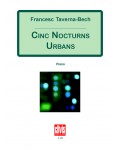
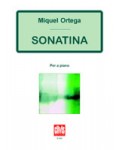
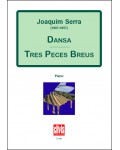
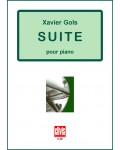
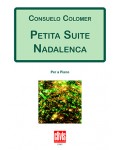
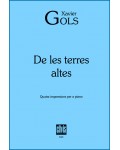
![Tema amb [4] Variacions](https://www.clivis.cat/1965-home_default/tema-amb-4-variacions.jpg)
